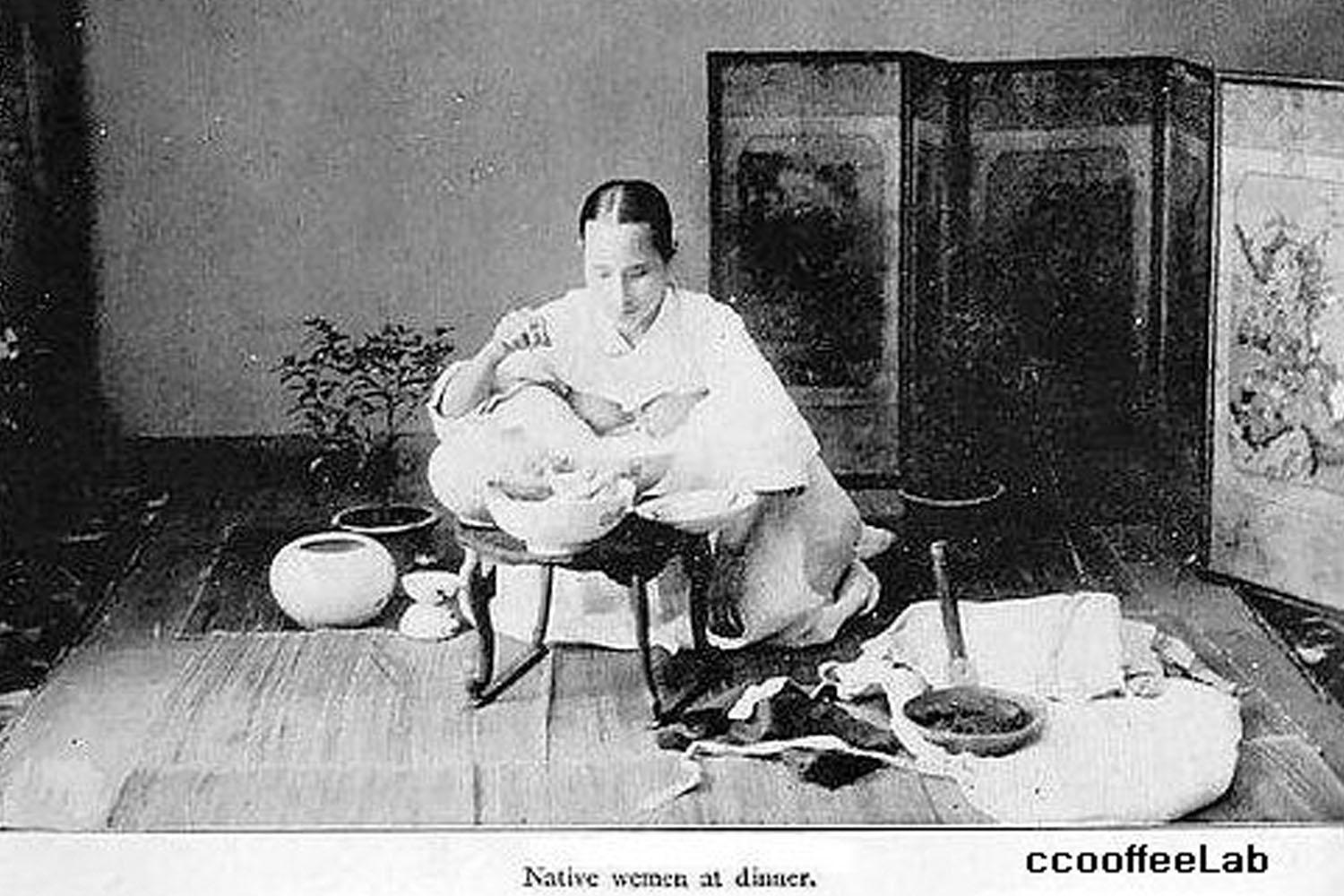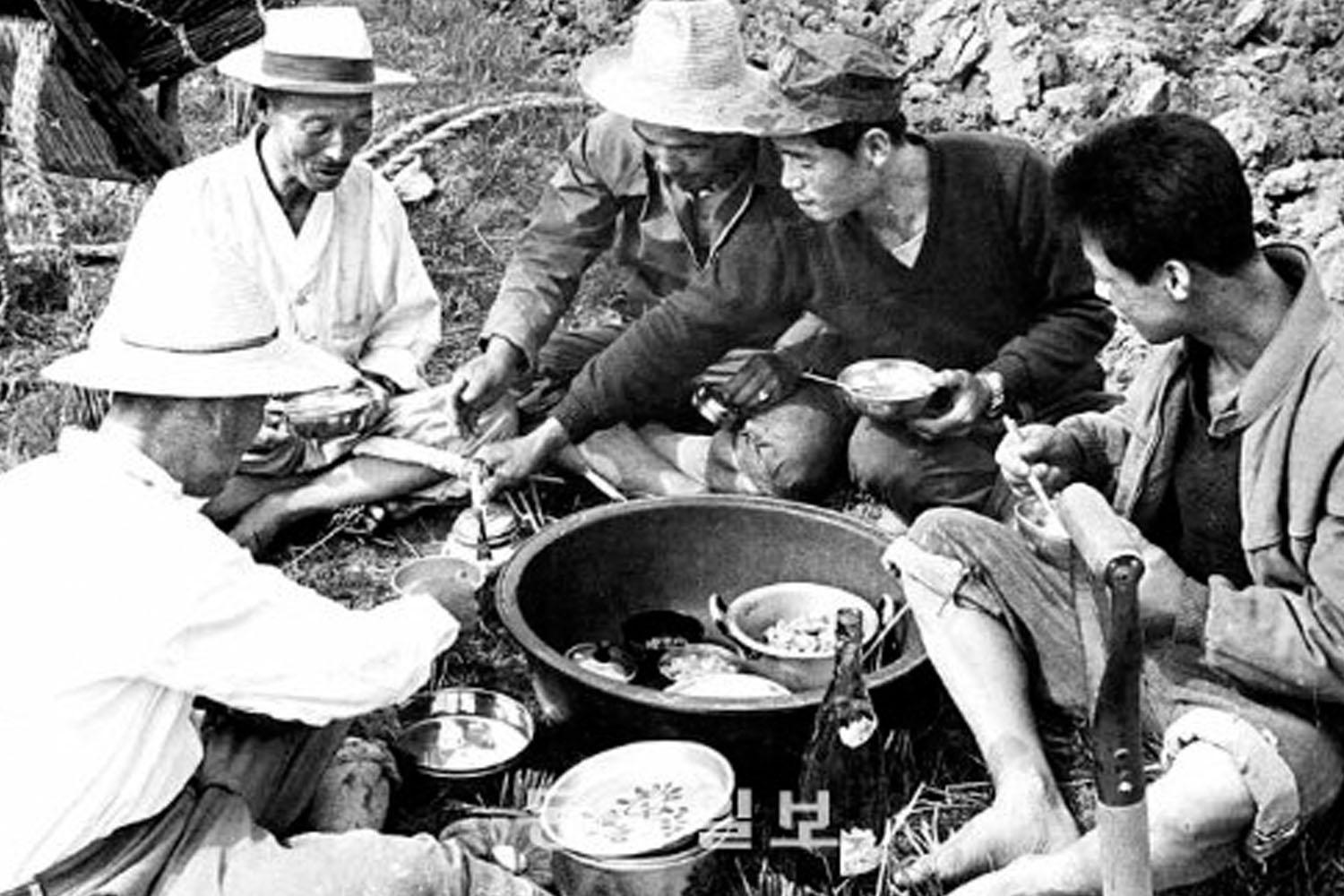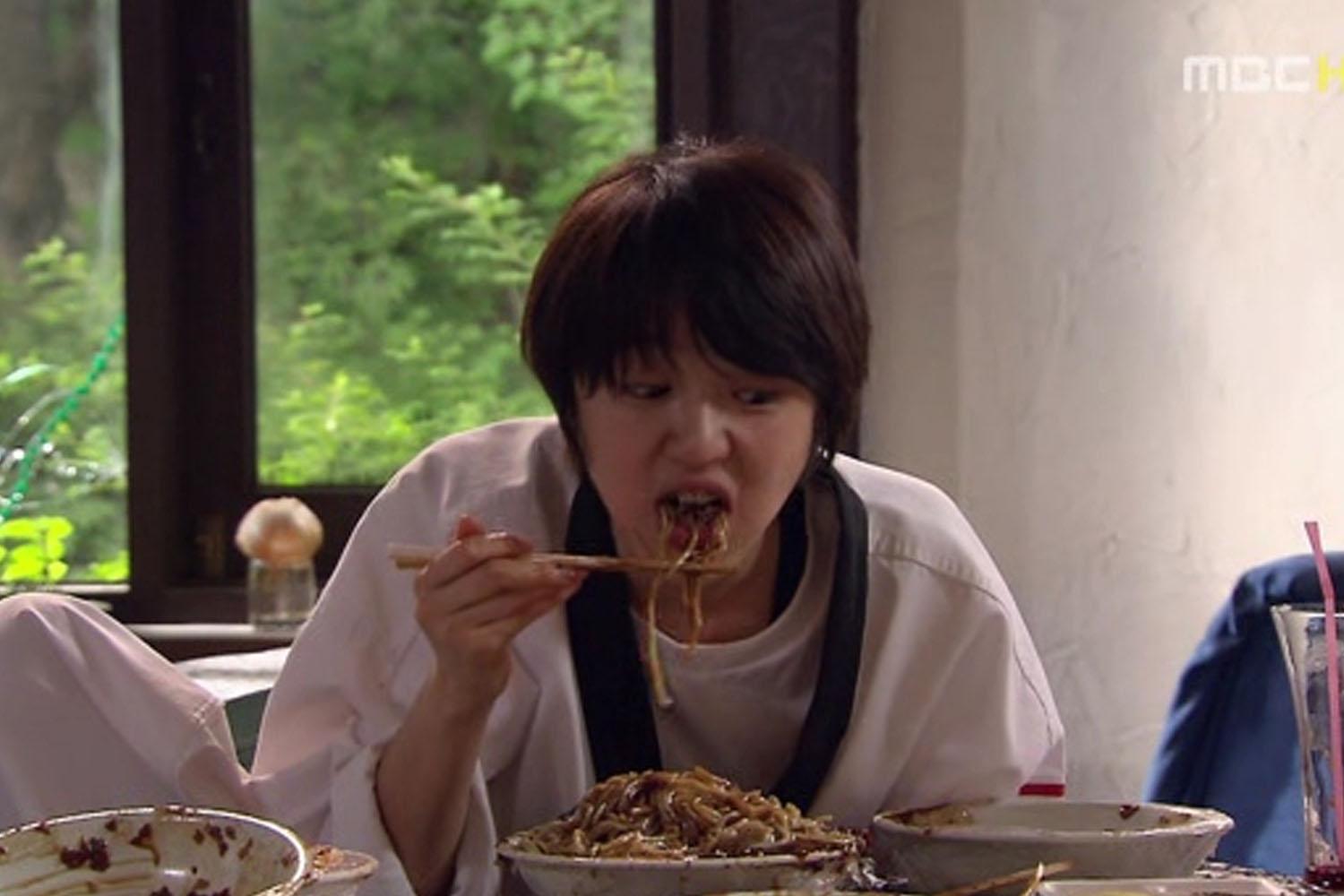Have you ever noticed that Koreans eat a lot of rice? Some of the time they will eat 1-2 bowls at a time, and sometimes even add a bowl to soups or stews.
Eating a lot of rice not only applies to men, but small women can also consume a shocking amount of rice as well!
Today let's take a look on why people (mostly) eat a lots of rice.
HISTORY OF KOREAN RICE
![Historical Korean rice bowls displaying different sizes across dynasties from modern to ancient]() Source: namu.wiki
Source: namu.wiki
According to historical evidence that was unearthed, it seems like the size of a rice bowl varied era to era.
The typical rice bowl used today, as shown on the far left of the image above, is about 350 grams.
Whereas in the Goguryeo dynasty it was 1,300 grams (far right in the above image). The sizes in between were the Joseon Dynasty (690 grams), and the Goryeo Dynasty (1,040 grams).
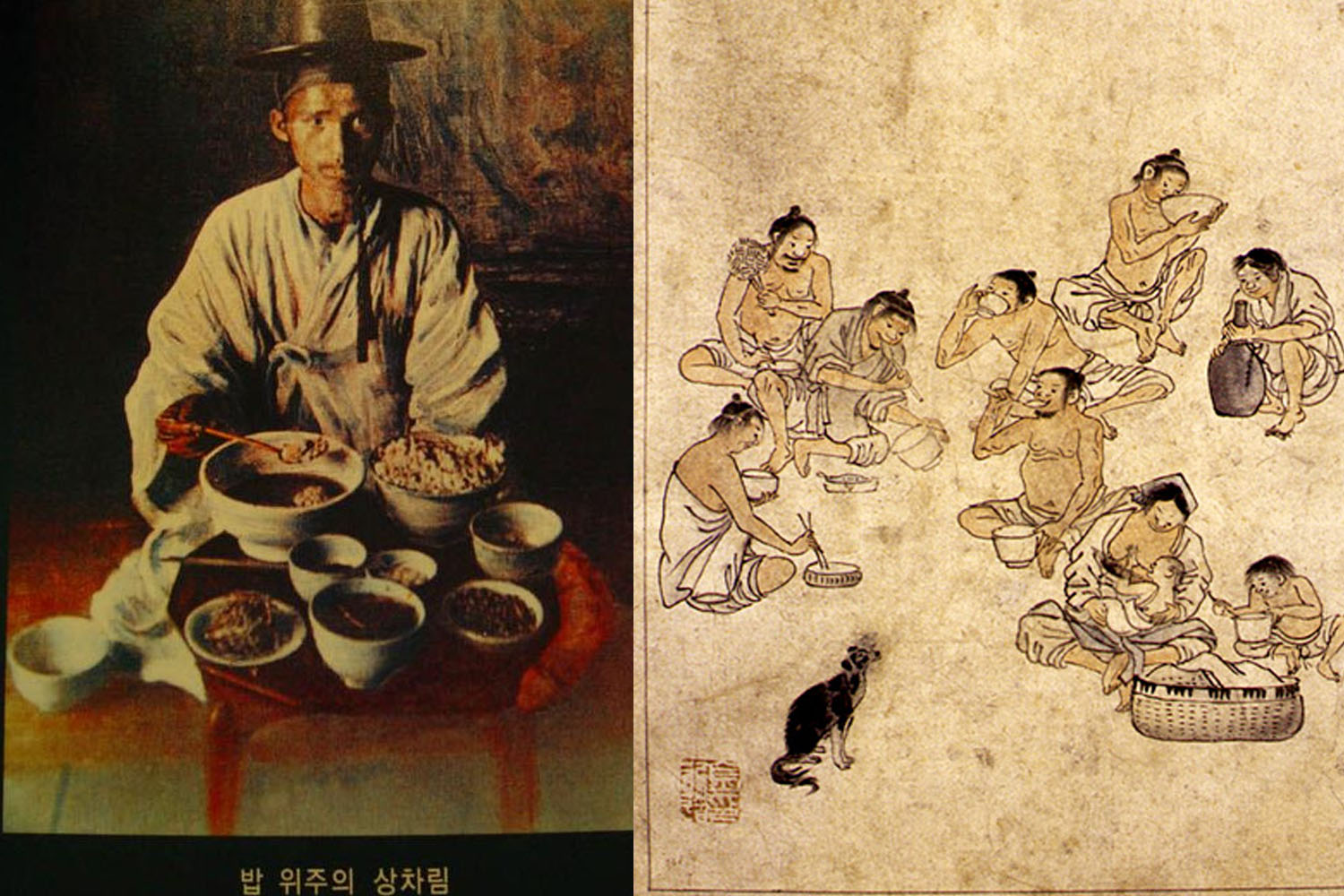
In the past, the amount of food prepared for each meal was large. Those at a higher social status will get the most food.
However, the elite did not eat all the food presented. Instead they would just eat what they preferred, and whatever was left over would be shared amongst the lower classes.
From recorded images, it seems like Koreans have consumed in large quantities in the past.
Given Korea's past climate, and environment there may not be sufficient agricultural resources. So the upper class would eat plain rice, while the lower class would mix rice and grains.
Because the climate and terrain is not conducive to cultivation, rice cultivation was limited to some areas of Korea. Therefore, there was a saying "people in the south would cook rice, while people in the north would mix rice and grains."
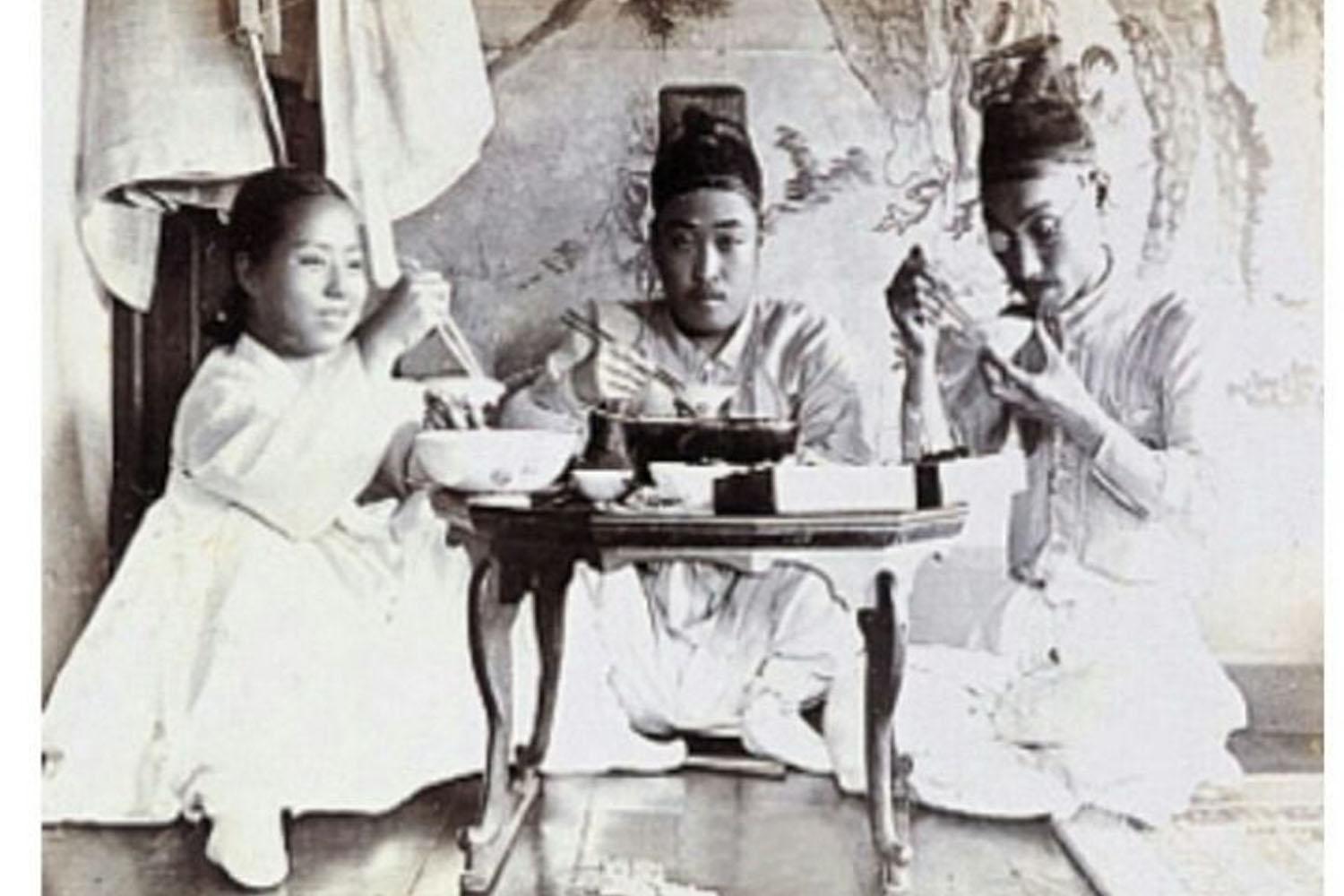 Source: namu.wiki
Source: namu.wiki
The assumption that people eat a lot of rice may have possibly arose from the past. The working class would eat a lot of rice to have energy to do hard work.
Also since meat was rare, in order to feel full, people would eat a lot of rice.
There was also evidence that an indication of power came not only from knowledge and ability, but from food as well.
For example, it was said generals and captains would consume lots of food and alcohol to prove they were strong.
KOREAN RICE AMOUNT
![Historical image showing Korean women dining]() Source: namu.wiki
Source: namu.wiki
From old records, it seemed that people from the Joseon dynasty were eating five to six meals per day.
However, King Yeongjo reduced the number to three meals a day, and added various meats and side dishes to get the same amount of energy from food.
A journal written by a Women of the Internal Court (Yeongbin), mentioned that she was concerned that King Yeongjo was not eating enough. But actually Yeongjo was the longest living kind of the Joseon dynasty.
Now Koreans eat three meals a day once in the morning, afternoon, and evening.
But most of the time, lunch was not a common meal. Since the Goryeo dynasty, most people had two meals a day, and the people better off would have three meals a day.
The initial control of Korea's rice supply began in the late 1960's, when Korea was recovering from World War II. The Korean government wanted to control rice consumption due to a national food shortage.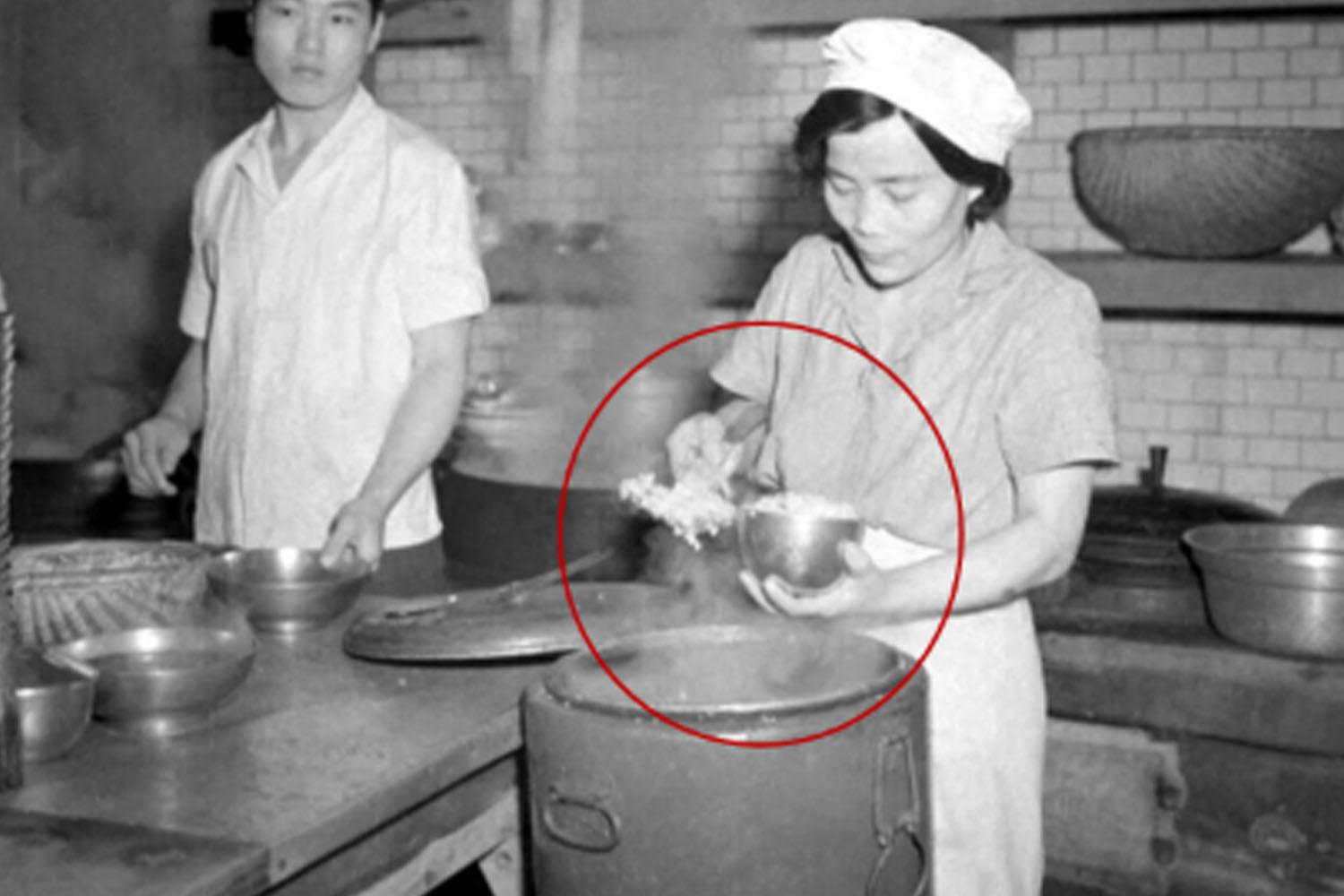 Source: Chosun
Source: Chosun
One of the first dishes to be used was the stainless steel rice bowl in January of 1973. The bowl had a diameter of 11.5 cm and a depth of 7.5 cm.
The government also campaigned to educate people on proper consumption, and to not serve food from a stone pot.
On December 4th 1974, the government announced a ban on restaurants from serving rice from stone bowls, and ordered to only serve rice in stainless steel bowls.
Since July 1976, the government ordered restaurants to serve rice from bowls 10.5 cm in diameter and 6 cm in depth, and can only fill up to four fifths of the bowl.
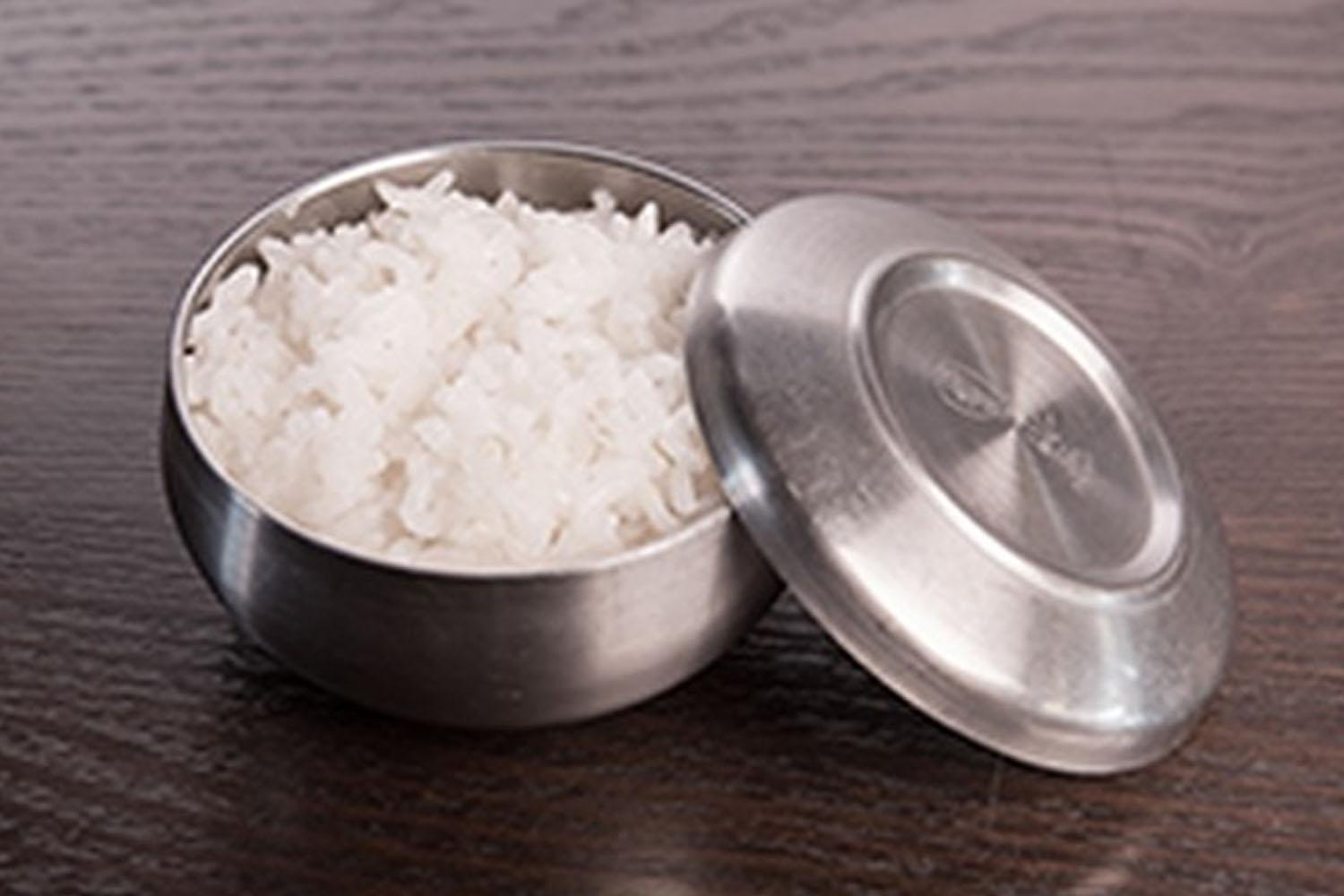 Source: ppomppu
Source: ppomppu
In 1981, the Korean Ministry of Health introduced the standardized stainless steel bowl sizes (10.5cm diameter, six cm depth), across the country. This was aimed to educate people that reducing carbohydrate consumption can help reduce weight.
This size is now commonly used in restaurants today.
However, smaller stainless steel bowls have been produced that are 9.5 cm in diameter and 5.5 cm in depth, or less. This could be due to the ever-changing ideas of food and eating. There are restaurants today offer free refills.
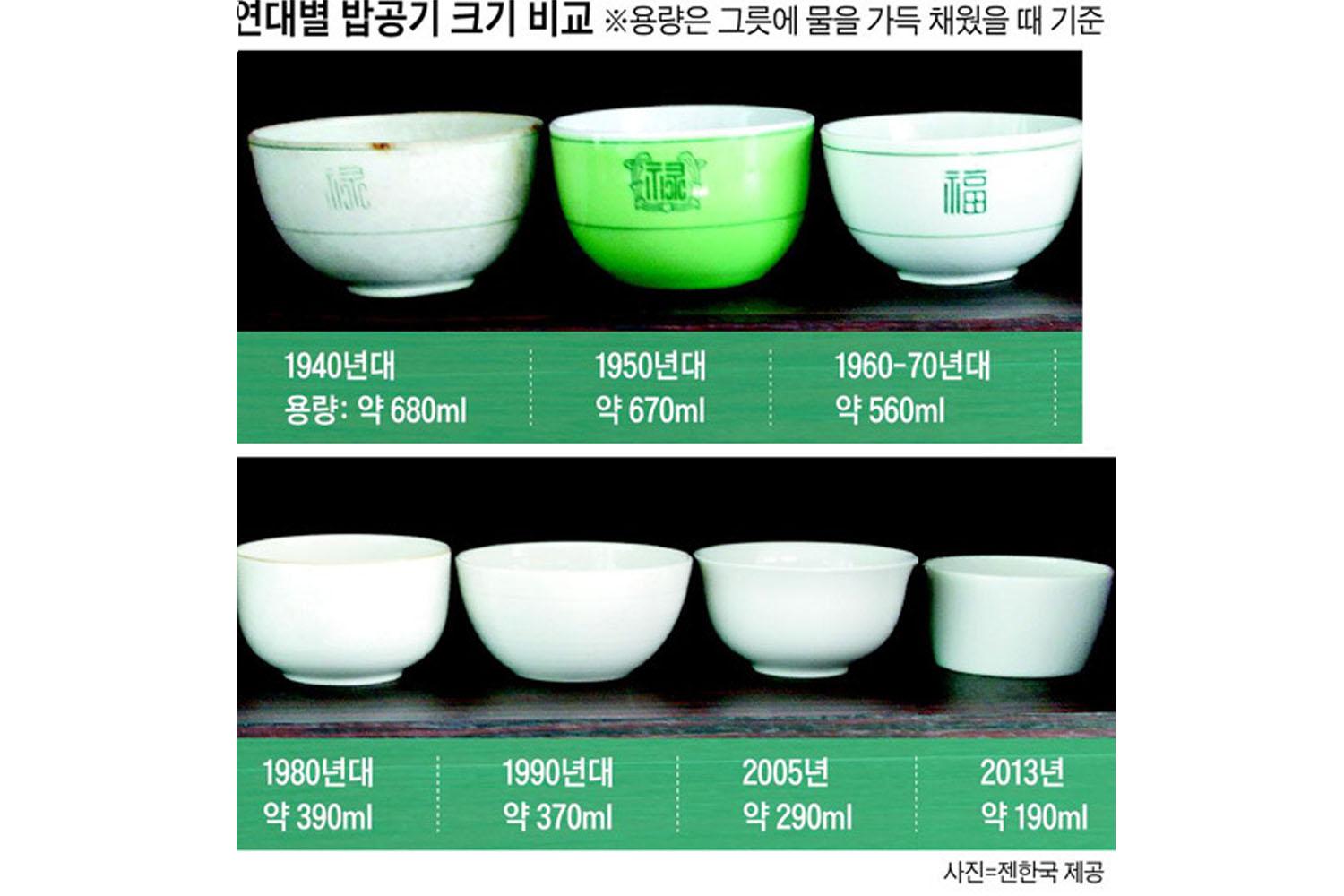 Source: ppomppu
Source: ppomppu
In the 1970s, one Korean person ate on average about 190 kilograms of grains per year which is equivalent to 136 kilograms of rice.
Now, the number has reduced to 60 kilograms per year. Although the amount of rice consumed has decreased, the amount of other foods consumed over the years has increased.
In summary, we think that in the past people consumed a lot of rice because the lack of meat, and the need for energy to work. While the upper class ate a lot to display power.
This idea may have been cultivated while Korea recovered from World War II. In the face of malnutrition, the main solution was to eat copious amounts of rice. That created a habit of Koreans valuing rice and persisted over many generations.


